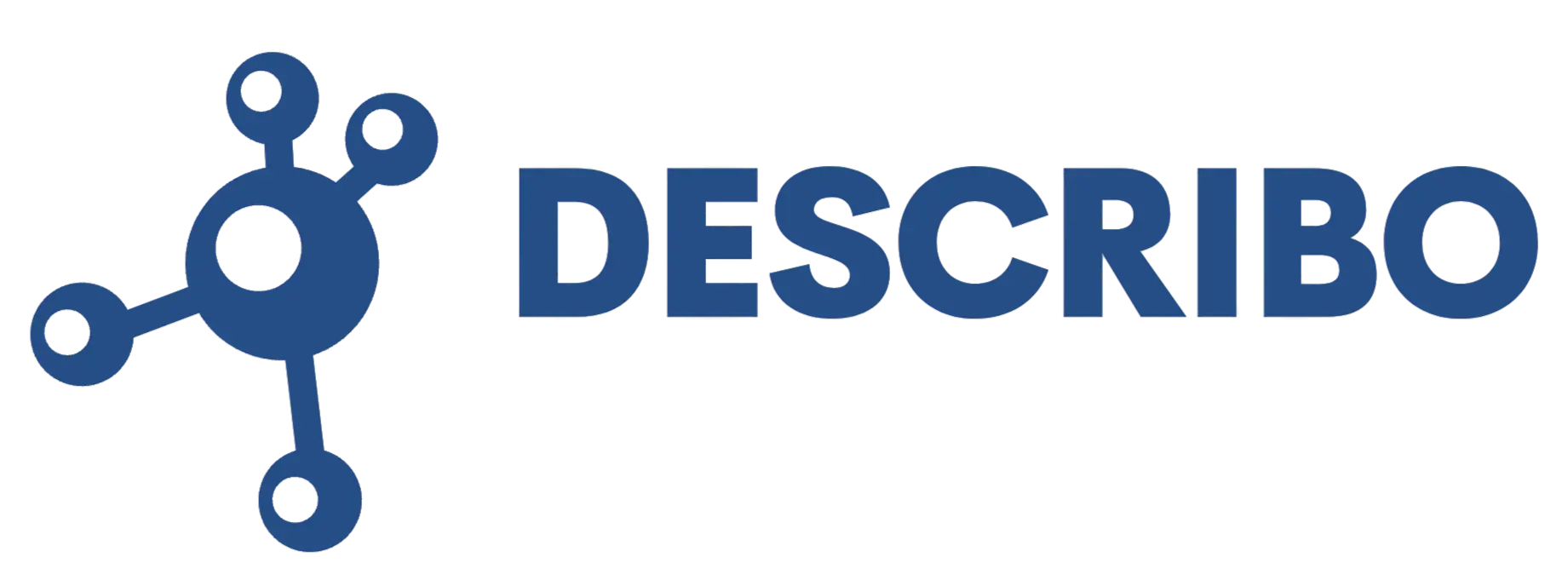Profile versions - READ THIS
INFO
If you are writing a profile for Describo Online see the documentation with that repository.
This repository describes profiles for the Crate Builder Component which are an evolution of those.
Profile Structure
The structure of a profile is as follows:
{
"metadata": {},
"context": {},
"layouts": {},
"propertyAssociations": [],
"localisation": {},
"resolve": [],
"classes": {},
"lookup": {},
}Metadata
The metadata section is used to describe the profile. There are 4 properties you must provide:
name: A short name for this profile. This may be provided in the UI so it should make sense to a user.description: A short description for this profile.version: A version number.warnMissingProperty: true or false: Whether or not the UI should warn when data is found in an RO-crate but a definition for is not found in the profile.keywords: An array of keywords to enable lookups of this profile.enableEntityTimestamps: true or false: If enabled, creation and last modified timestamps will be managed on each entity.
Context
The context section allows you to provide a context for this profile. Although optional, it is highly recommended that you provide a context that suits the profile you have created. Describo will then disable the context editor and emit crates with this context in it.
See All about contexts for more information.
Layouts
This section defines how to group properties and display them in tabs.
See Layouts for how to define them and why you would want to.
Property Associations
This sections defines inverse property relationships so that describo can automatically create them on data input.
See Property Associations for a detailed account of these sections.
Localisation
The localisation sections allows you to translate classes (e.g. Author) and primitives (e.g. Text, Date etc) into your own language.
See All about localisation for more information.
Resolve
The resolve section allows you to specify that entities linked from linking type entities (e.g. Relationships and Actions - Create, Move, Update etc.) are to be displayed as well.
See All about resolve for more information.
Classes
This section contains class definitions users can use in their descriptions.
See Classes and Inputs for a detailed account of this section.
Lookup
This section defines datasources to be used as lookup endpoints for pre-described data. Consider a country definition. Rather than asking a user to create an entity of type Country and define all the relevant properties to adequately describe it, you could just provide a lookup to a pre defined Country definition that they can inject into the crate.

